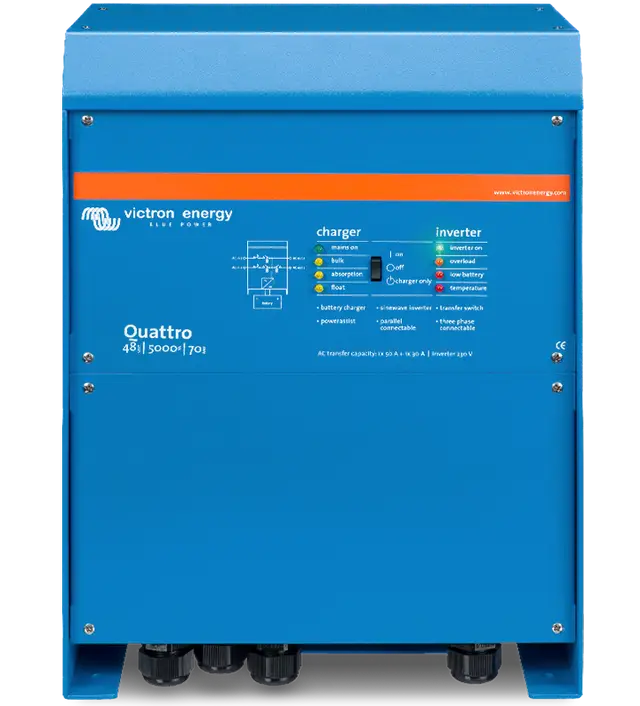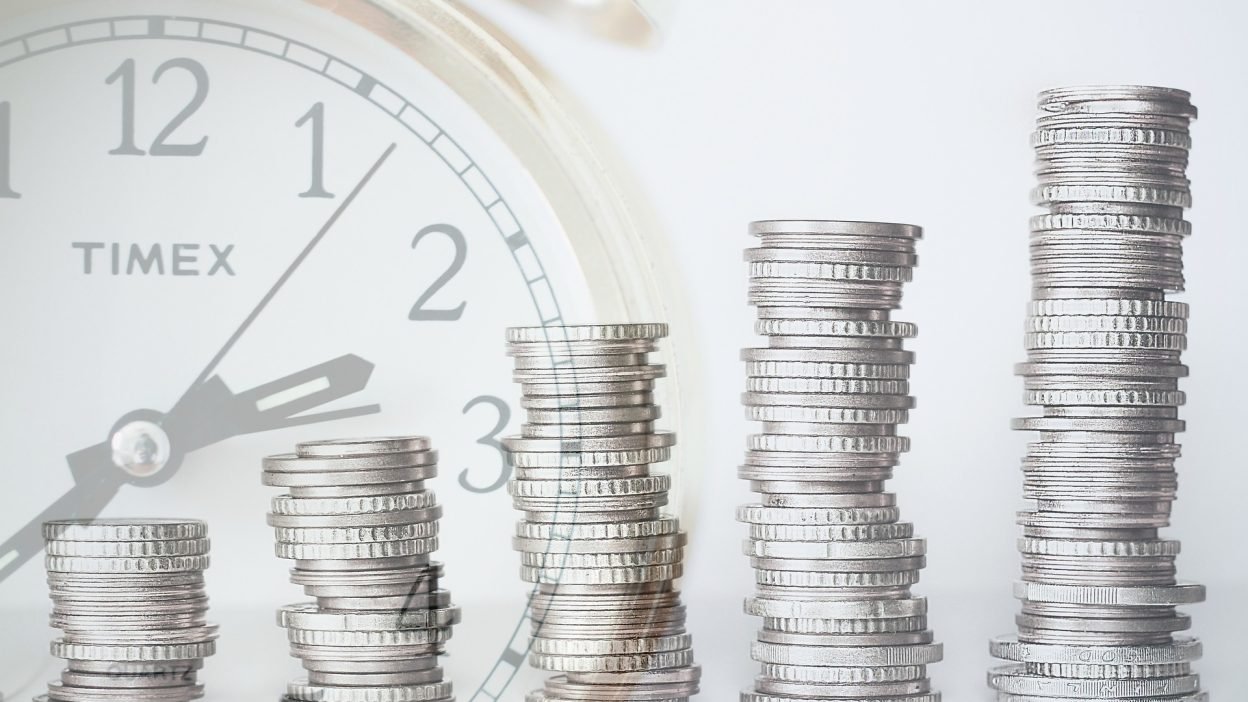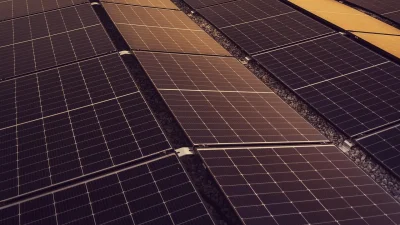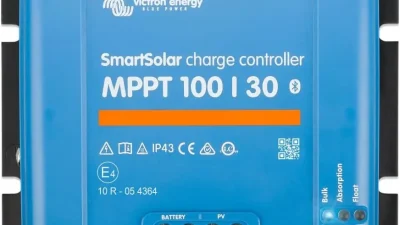Deciding to invest in solar panels is an important financial and ecological decision. You may wonder if the purchase will truly save you money over time and how soon you’ll see a return on your investment. Understanding the solar panel payback period is the key to answering these questions. This comprehensive guide will explain what the solar payback period means, illustrate the factors that affect it, and walk you through step by step instructions to calculate your own solar payback period. By the end, you will know exactly how to evaluate the financial impact of going solar.
Table of Contents
- What Is the Solar Panel Payback Period?
- Why Does Calculating the Payback Period Matter?
- Key Factors Affecting Solar Payback Time
- Step by Step Guide to Calculating Your Solar Payback Period
- Real Life Examples and Case Studies
- Ways to Shorten Your Solar Payback Period
- Conclusion: Making Your Solar Investment Work for You
What Is the Solar Panel Payback Period?
The solar panel payback period refers to the amount of time it takes for the total savings from your solar energy system to equal the upfront costs of purchasing and installing the system. In other words, it is how long it will take for your solar investment to pay for itself through reduced energy bills.
This metric is crucial for homeowners and business owners alike because it determines how quickly the investment will turn into actual profits. Once you surpass the payback period, every kilowatt hour your panels produce adds direct savings to your pocket.
Understanding the payback period helps set realistic expectations and guides decisions about financing, system size, and upgrades.
Why Does Calculating the Payback Period Matter?
For most people, installing solar panels is a significant investment. The solar payback period reveals when you can expect to start seeing true financial returns and helps you:
- Compare solar against other investment or energy saving options
- Understand how local incentives, tax credits, rebates, and utility rates impact your bottom line
- Decide whether to pay upfront, use a solar loan, or sign a solar lease or power purchase agreement (PPA)
- Evaluate the difference between various solar equipment brands and installation offers
- Optimize the size of your system for your needs and budget
Knowing the payback period is especially important because it influences the resale value of your home and can inform whether or not going solar makes sense in your specific region.
Key Factors Affecting Solar Payback Time
A variety of factors influence how quickly your solar panels will pay for themselves. Here are the most important ones to keep in mind:
System Cost
- Upfront cost: The total price you pay for purchasing and installing your solar system, including panels, inverters, mounting equipment, permits, and labor.
- Financing costs: If you use a loan, the interest and loan terms can affect your payback calculation.

Incentives and Tax Credits
- Federal solar investment tax credit (ITC): This incentive lets you deduct a significant portion of the installation cost from your federal taxes.
- State and local programs: Additional credits, rebates, or property tax exemptions may apply where you live.
Electricity Rates and Savings
- Current electricity costs: The higher your per kilowatt hour (kWh) rate, the more money you save by going solar.
- Consumption patterns: How much electricity you use and when you use it can impact savings, especially in areas with time of use billing.
- Utility policies: Net metering, solar buyback programs, or minimum bill charges can affect the value of your solar generated power.
Solar Panel Production
- System size: Larger systems often produce more savings but come with higher upfront costs.
- Local climate: Sun exposure, shading, and weather affect annual power output.
- Panel efficiency and orientation: High efficiency panels, facing the correct direction and angle, provide optimal performance.
Maintenance and Warranties
- Solar systems typically need little maintenance, but occasional cleaning and inverter replacements can incur costs over the system’s lifespan.
Step by Step Guide to Calculating Your Solar Payback Period
Calculating your payback period for solar panels is a straightforward process when you break it down. Use this step by step guide to crunch the numbers accurately:
Step 1: Find Your Total Solar System Cost
- Gather quotes from solar installers and include the price of equipment, installation, permits, and any optional features (like battery storage).
- Apply federal, state, or local solar incentives and rebates to reduce your total out of pocket cost.
Example: If your initial quote is $20,000 but you receive a 30% federal tax credit ($6,000) and a $1,000 state rebate, your net cost is $13,000.
Step 2: Estimate Annual Solar Production
- Solar installers can provide an estimate based on your location, roof orientation, and shade conditions.
- Use online solar calculators to get a second opinion, or reference your panels’ wattage multiplied by estimated annual sun hours.
Example: A 7 kW solar system produces approximately 10,000 kWh per year in a sunny region.
Step 3: Calculate Annual Electricity Savings
- Multiply estimated annual solar production by your current electricity rate per kWh.
- If your utility rate is $0.18 per kWh, and your system produces 10,000 kWh, your annual savings would be $1,800.
- Adjust for utility rate increases or time of use billing if relevant.
Step 4: Factor in Additional Costs or Savings
- Include potential maintenance expenses, monitoring service fees, or inverter replacements, spread over the lifespan of your system.
- If you plan to add a battery system or expect utility fees (like interconnection costs), include them.
Step 5: Calculate the Payback Period
- Divide your net cost from Step 1 by your estimated annual savings from Step 3.
Example: $13,000 divided by $1,800 in savings equals a 7.2 year payback period.
After this period, your solar panels continue to generate free electricity, and your savings add up every year.
Real Life Examples and Case Studies
Looking at real numbers can give you a clearer idea of what to expect for your own home or business. Let’s examine two common scenarios:
Example 1: Suburban Home in California
- System Size: 6 kW
- Total installed cost: $18,000
- Federal tax credit (2024): $5,400
- No additional state incentives
- Annual production: 9,000 kWh
- Utility rate: $0.24 per kWh
- Annual savings: 9,000 kWh x $0.24 = $2,160
- Payback period: ($18,000 $5,400) / $2,160 = 5.8 years
Example 2: Small Business in Texas
- System Size: 20 kW
- Total cost: $50,000
- Federal tax credit: $15,000
- State rebate: $2,000
- Annual production: 28,000 kWh
- Utility rate: $0.13 per kWh
- Annual savings: 28,000 kWh x $0.13 = $3,640
- Payback period: ($50,000 $15,000 $2,000) / $3,640 = 9 years
As you can see, higher electricity rates and lower installation costs translate to a shorter payback period.
Ways to Shorten Your Solar Payback Period
Want to see your investment pay off faster? Here are several proven strategies to reduce your solar panel payback time:
- Take full advantage of tax incentives and rebates: Apply for all available local, state, and federal programs.
- Optimize system size: Install only what you need to cover your electricity demand, avoiding oversizing or adding unnecessary extras.
- Improve your energy efficiency: Combine solar panels with energy saving upgrades such as LED bulbs, smart thermostats, and better insulation.
- Choose high quality, efficient panels: Higher efficiency means more power from the same space, resulting in greater long term savings.
- Negotiate installation costs: Get multiple quotes and leverage competitive pricing.
- Monitor and maintain your system: Regular cleaning and prompt repairs ensure optimal performance and savings.
In deregulated utility markets, shopping for the best electric rate can also give your solar production more value.
Conclusion: Making Your Solar Investment Work for You
Calculating the solar panel payback period is essential for making an informed decision about solar energy. By taking a close look at your installation costs, anticipated production, utility rates, and available incentives, you can determine exactly when the money you put into going solar will start coming back to you as savings.
On average, solar panel payback periods in the United States range from 6 to 12 years. With panels typically lasting 25 years or more, most homeowners and businesses enjoy many years of energy at little to no additional cost after the initial investment pays off.
By understanding your solar payback period and employing strategies to reduce it, you can unlock bigger savings and power your future with clean, renewable energy.





